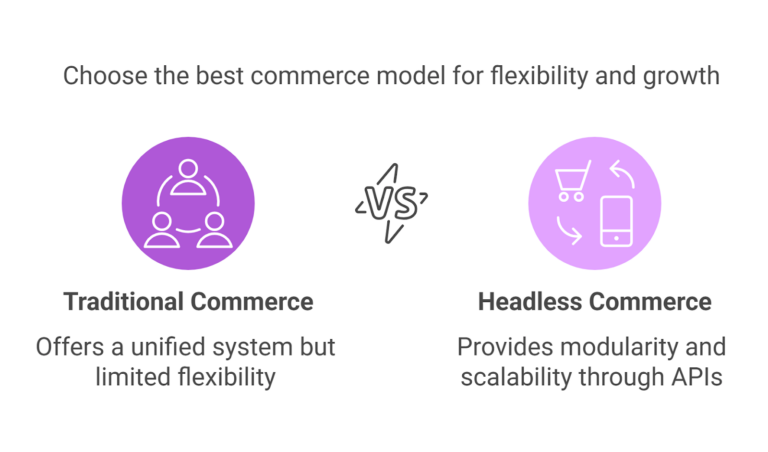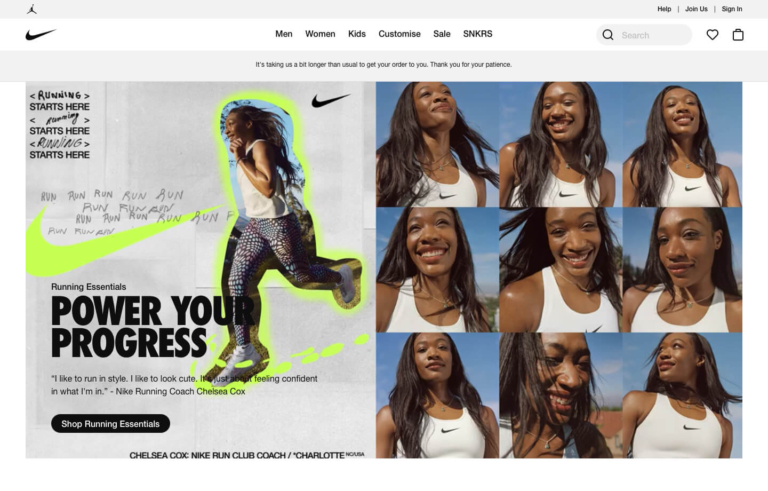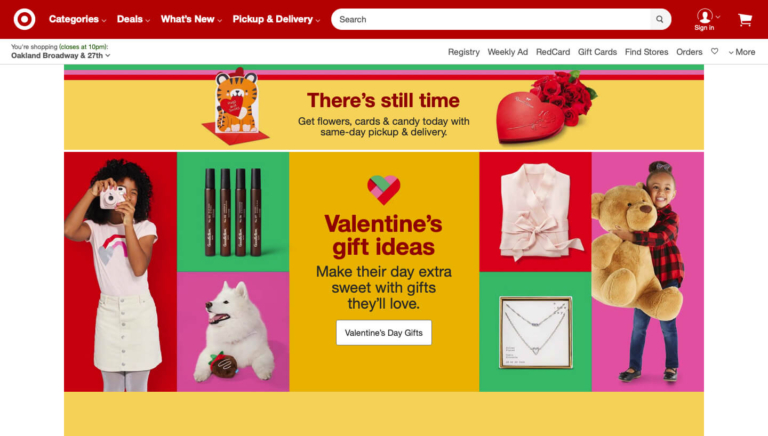Greetings! I'm Aneesh Sreedharan, CEO of 2Hats Logic Solutions. At 2Hats Logic Solutions, we are dedicated to providing technical expertise and resolving your concerns in the world of technology. Our blog page serves as a resource where we share insights and experiences, offering valuable perspectives on your queries.

Quick Summary
Headless commerce separates your customer-facing storefront from your behind-the-scenes e-commerce functionality. This approach offers greater flexibility, faster performance, and better omnichannel capabilities. However, it comes with added complexity and potential cost increases. It’s ideal for businesses that need custom experiences across multiple touchpoints and have the technical resources to support it.
Are you scratching your head trying to figure out what “headless commerce” means? You’re not alone.
At 2HatsLogic, we’ve guided dozens of businesses through this exact confusion before helping them implement successful headless commerce solutions that transformed their online presence.
Let’s break this down, shall we?
What Is Headless Commerce?
Headless commerce is an e-commerce architecture where the front end (what customers see) is separated from the back end (where all the business logic happens). Imagine your online store as a body – the “head” is your website or app interface, and the “body” is all the behind-the-scenes functionality like inventory, pricing, and order processing.
Going headless means changing the head without affecting the body, and vice versa.
Traditional Commerce vs. Headless Commerce
Let’s illustrate the difference with a simple comparison:

| Feature | Traditional Commerce | Headless Commerce |
| Architecture | Monolithic (all-in-one) | Decoupled (separate systems) |
| Flexibility | Limited customization | Highly customizable |
| Development | Changes affect the entire system | Independent front-end updates |
| Speed | Often slower | Typically faster experiences |
Why Businesses Are Going Headless
Industry research consistently shows faster page loads and more flexible customer experiences directly correlate with higher conversion rates. At 2HatsLogic, our implementations of headless commerce solutions have helped businesses address these critical performance factors.
Leading brands like Nike and Target have publicly discussed their moves to headless architecture, citing benefits in site performance and omnichannel capabilities.
Here’s what makes headless commerce so attractive for growing businesses:
- Lightning-fast experiences: With a headless setup, your front end can be optimized for speed without the back end slowing things down.
- Ultimate flexibility: Want to sell through Instagram, a mobile app, and smart speakers all at once? Headless makes this possible.
- Future-proofing your business: New sales channel emerges? No problem, just create a new “head” while your back end stays the same.
- Personalized shopping journeys: Target different customer segments with tailored front-end experiences, all powered by the same back end.
Real-World Headless Commerce Examples
Here are some examples that might resonate with your situation:
Case Study: Nike

Nike recognized that its mobile-dominant consumer segment required an optimized shopping experience, not just a responsive version of its desktop site. To address this challenge, Nike implemented a headless commerce approach using a React Single-Page Application (SPA) with a Node.js backend-for-frontend (BFF) architecture.
This strategic move allowed Nike to:
- Create lightning-fast mobile experiences for smaller screens
- Optimize every interaction point, from product imagery to checkout flows
- Deploy customized content and calls-to-action designed for mobile engagement
- Update their frontend experience independently from their backend systems
The results were transformative. Nike’s mobile conversion rates significantly improved, helping them capture greater market share in the competitive athletic apparel space and strengthen their position.
Case Study: Target

Target faced the classic retail challenge in the digital age: intense competition from e-commerce giants like Amazon and Walmart, with customers switching between brands. Their customer research revealed a critical insight: approximately 80% of their shoppers were starting their buying journey on one device and completing it on another.
This fragmented customer journey represented both a challenge and an opportunity. Target identified that creating a seamless, consistent shopping experience across all devices could significantly differentiate their brand in a crowded marketplace.
The solution? Implementing a headless commerce architecture that decouples their frontend experiences from their backend systems.
This strategic move enabled Target to:
- Create consistent shopping experiences regardless of device or channel
- Maintain shopping cart persistence across mobile, tablet, and desktop
- Deliver personalized recommendations that follow customers across touchpoints
- Significantly reduce friction in the cross-device purchasing process
The results were compelling. Target saw a measurable increase in conversion rates as customers found it substantially easier to complete purchases regardless of where they started their shopping journey.
Pro Tip: When considering headless commerce, map all your current and desired customer touchpoints. This exercise reveals the value headless can bring to your specific business model.
Common Headless Commerce Platforms
Based on my experience implementing various solutions, here are some popular platforms you might consider:
- Shopify Plus + Headless: Traditional platform with headless capabilities
- BigCommerce: Robust APIs for headless implementations
- Commercetools: Enterprise-grade, API-first platform
- Elastic Path: Flexible microservices architecture
Each has its strengths depending on your business size, budget, and requirements.
Is Headless Commerce Right for Your Business?
Not every business needs to go headless. When we consult with clients at 2HatsLogic, we ask them:
- Do you need to sell across multiple channels or touchpoints?
- Is your current store performance hurting conversions?
- Do you have unique user experience requirements that off-the-shelf solutions can’t handle?
If you answered “yes” to these, headless commerce might be worth exploring.
The Challenges of Going Headless
The picture is not complete if the potential hurdles are not mentioned:
- Higher initial development costs: Building custom front ends requires expertise and time.
- More complex ecosystem: You’ll be managing multiple systems instead of one.
- Technical expertise required: Your team will need developers familiar with APIs and modern front-end frameworks.
- Content management can be tricky: Without careful planning, content editors might struggle with the decoupled approach.
Pro Tip: Before going all-in on headless, consider a hybrid approach where you implement headless capabilities for specific high-value parts of your customer journey while keeping other elements on your traditional platform.
Getting Started With Headless Commerce
If you’re intrigued by the possibilities of headless commerce, here’s how to begin your journey:

- Audit your current commerce capabilities and identify specific limitations.
- Prioritize your business objectives (speed, flexibility, omnichannel, etc.).
- Research platforms that align with your needs and budget.
- Start small with a proof of concept before full implementation.
- Partner with experts who’ve successfully implemented headless solutions.
The Future of Headless Commerce
At 2HatsLogic, we’ve observed the evolution of headless commerce from a niche technical approach to a mainstream business strategy. Based on our industry experience and market analysis, the future of headless commerce is likely to include:
- Increased adoption of composable commerce (selecting best-of-breed components)
- More no-code tools are making headless more accessible
- AI-driven personalization leveraging the flexibility of headless architectures
- Better integration with emerging sales channels like VR/AR and voice commerce
Conclusion
After helping dozens of brands transform their digital commerce experiences, we have seen firsthand how the right implementation can be a game-changer. But every business is unique, and the path to headless success depends on your specific goals and constraints.
At 2HatsLogic, we specialize in guiding businesses through the entire headless commerce journey, from initial assessment to successful implementation. Whether you’re just curious about the possibilities or ready to make the leap, we’d love to help.
Let’s chat about your headless commerce questions and explore if this approach is right for your business.
FAQ
Is headless commerce only for large enterprises?
No. While big brands like Nike and Target use it, headless is now accessible to mid-sized businesses. What matters most is your e-commerce goals, not your size.
How much does it cost to implement headless commerce?
Costs range from $20,000 to $250,000+ based on platform, complexity, and scope. At 2HatsLogic, we help tailor the investment to match your growth goals.
How long does it take to implement a headless solution?
Typically 2–6 months, depending on your current systems, product complexity, and integration needs. A phased rollout can help control both time and cost.
Can I still use my current e-commerce platform?
Most likely! Platforms like Shopify Plus, BigCommerce, and Magento support headless via APIs, allowing you to keep your backend and upgrade your frontend.
Table of contents

Related Articles






